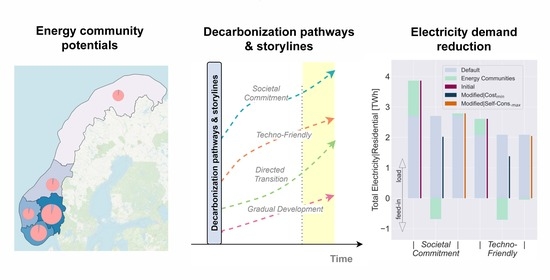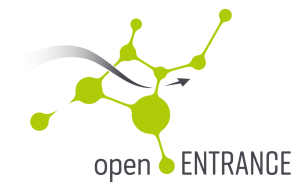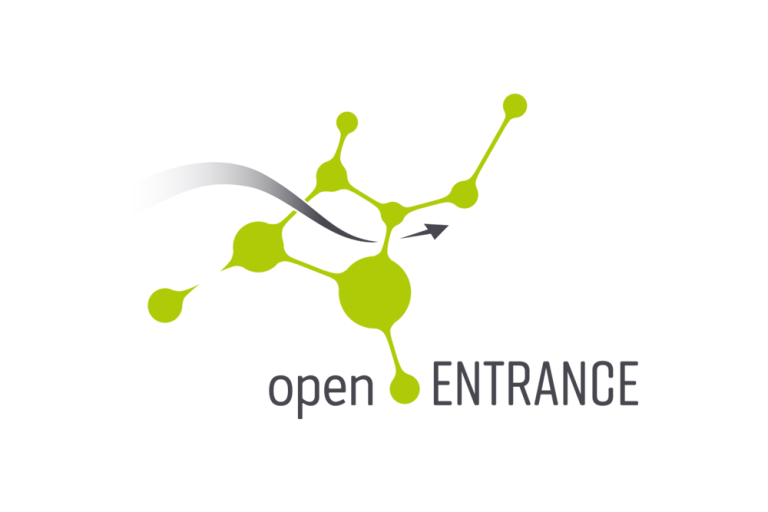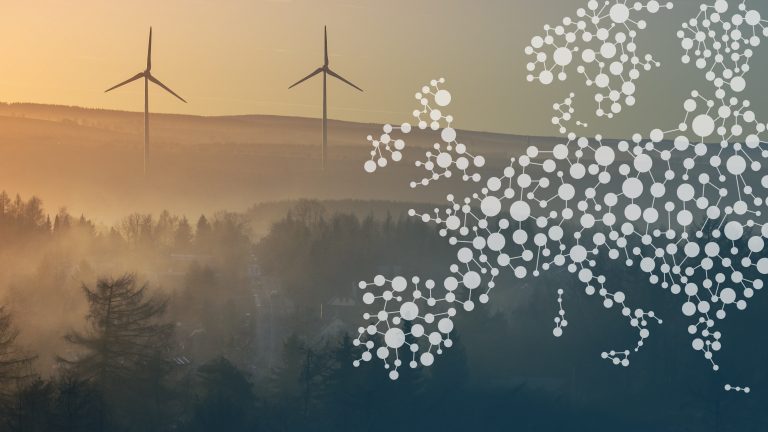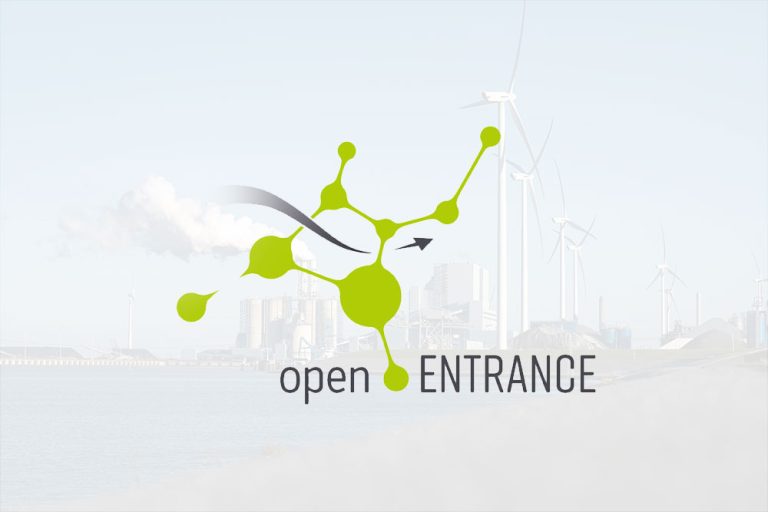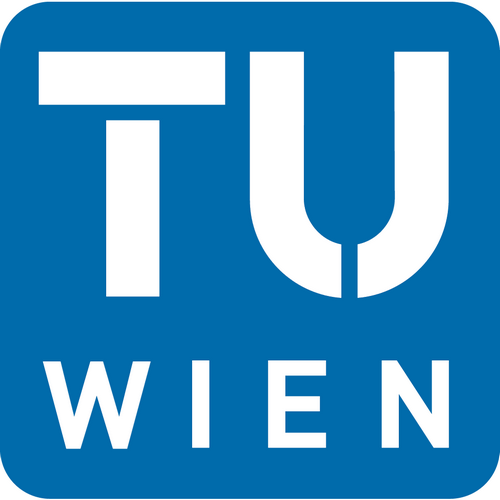
The GUSTO model is an open-source model (OSM) optimizing the energy technology investment (portfolio decision optimization) and the technology dispatch on a local level. It is an extension of the existing OSM urbs. The expansion of the model’s framework includes additional features and functionalities. Hence, the model is tailor-made for analyzing local energy systems such as neighborhoods and energy communities. See the model application in the publications https://doi.org/10.1016/j.apenergy.2020.116166 and https://doi.org/10.3390/en14020305. The first one includes a detailed description of the model’s extension.
The extended model is a mixed-integer linear program (MILP) and provides the following objective functions: (i) minimizing total costs of supply, (ii) minimizing total greenhouse-gas emissions, (iii) maximizing local self-consumption, and (iv) scheduled generation compliance within the neighborhood. Maximizing local self-consumption is an essential operational strategy for energy communities or neighborhoods. Thereby, the optimal utilization of the local flexibility options (e.g., small-scale battery storage) and energy technologies minimize the purchase (or exchange) of energy from the public grid. The model includes the provision of multiple local energy services (e.g., electricity, heat, cooling) and the use of commodities. Besides, the model framework also incorporates temporal and spatial clustering algorithms.
Please see the repository on GitHub for further information: (https://github.com/sebastianzwickl/GUSTO).
Model Overview
The GUSTO model has been applied to investigate investments in the European energy market with energy community roll-out. The analysis is published in the paper: Impact of energy communities on the European electricity and heating system decarbonization pathway: Comparing local and global flexibility responses (doi: https://doi.org/10.1016/j.apenergy.2022.119470). The results show among others that the energy community roll-out (i) replaces centralized generation and storage capacity, and (ii) shifts investments from onshore to offshore wind.
